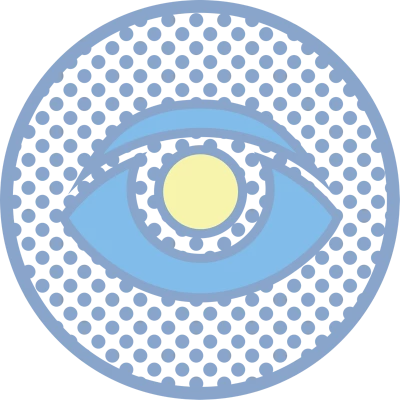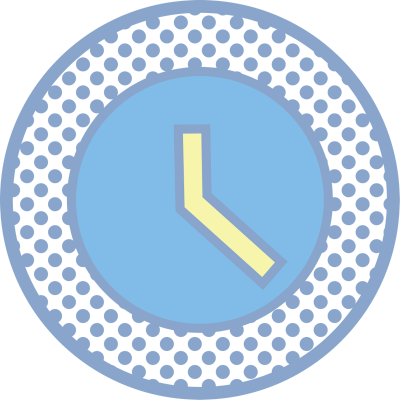Senile Cataracts: Meaning, Symptoms & Treatment Explained
Senile cataracts are one of the most common causes of vision loss in older adults. As the eye’s natural lens becomes cloudy with age, daily activities such as reading, driving, and recognising faces can become increasingly difficult. Understanding the meaning, symptoms, causes, and treatment of senile cataracts is important for early detection and effective management. This page provides an expert, patient-friendly guide to help you learn more about the condition and available treatment options.
What Are Senile Cataracts?
Senile cataracts occur when the lens of the eye, which is normally transparent, becomes progressively cloudy due to ageing. This condition blocks light from reaching the retina, leading to blurred vision. They are considered the most common type of cataract seen in elderly patients, affecting vision quality and overall independence. Understanding what senile cataracts are is the first step in recognising their impact on daily life and planning appropriate treatment.
Definition and Core Characteristics
Senile cataracts occur when the natural lens of the eye gradually becomes cloudy with age. The condition is often compared to looking through a fogged-up or dusty window, where objects appear hazy and vision lacks clarity. This clouding interferes with the passage of light through the lens, resulting in blurred and distorted vision.
Prevalence in Older Adults
Senile cataracts are one of the most common age-related eye conditions. Studies show that more than 70% of individuals over the age of 70 develop some degree of cataract, and the number increases further in those aged above 80.
How Senile Cataracts Differ from Other Types
Unlike congenital cataracts (present at birth) or secondary cataracts (caused by trauma, medication, or other conditions), senile cataracts are primarily linked to the natural ageing process. They progress gradually and usually affect both eyes, though not always at the same pace.
Symptoms of Senile Cataracts
Blurry or Cloudy Vision
The most common symptom is persistent blurriness, even with glasses. Patients describe it as though they are constantly looking through a misted glass, making reading, driving, and recognising faces difficult.
Light Sensitivity and Glare
Bright sunlight, car headlights, or indoor lighting may cause discomfort and glare. For some, this can significantly affect daily activities, particularly night driving, where incoming headlights create unsafe visual conditions.
Halos Around Lights
Halos or rings may appear around light sources. This is especially noticeable at night and can cause confusion or difficulty navigating dimly lit environments.
Faded or Yellowing Colours
Colours often lose their vibrancy, and shades may appear yellowish or brownish. For example, a blue sky may look dull, or white objects may appear yellow. This distortion can affect colour recognition.
Other Visual Changes
Other signs include double vision in one eye, frequent changes in eyeglass prescription, or difficulty reading fine print. These subtle shifts often indicate the progression of the cataract.

Causes of Senile Cataracts
The Primary Cause: Ageing
Ageing is the leading cause of senile cataracts. Over time, the proteins in the lens naturally break down and clump together, forming cloudy patches. These patches expand, eventually impairing vision clarity.
Lifestyle and Environmental Risk Factors
Long-term exposure to UV rays, smoking, poor diet, and alcohol consumption can accelerate cataract development. Occupations with prolonged outdoor work or exposure to heat also increase the risk.
Associated Medical Conditions
Medical conditions like diabetes, hypertension, or prolonged use of steroid medications can speed up cataract formation. Eye injuries or previous eye surgeries may also contribute to the early onset of this condition
Diagnosis of Senile Cataracts
What to Expect During an Eye Exam
An eye exam is the first step in diagnosing senile cataracts. The ophthalmologist evaluates vision clarity and lens condition using advanced diagnostic tools.
Patient History
The doctor will ask about symptoms, lifestyle habits, and medical history to understand risk factors and overall eye health.
Visual Acuity Test
A standard eye chart test measures how well you can read letters at various distances, identifying the extent of vision impairment.
Slit-Lamp Examination
A slit lamp provides a magnified view of the eye’s structures, allowing the ophthalmologist to examine the cornea, iris, and lens for clouding.
Dilation and Retinal Exam
Dilating eye drops widen the pupil, enabling a thorough inspection of the retina and optic nerve to rule out other conditions contributing to vision loss.
Treatment Options for Senile Cataracts
Non-Surgical Management
In the early stages, cataract symptoms may be managed with prescription glasses, brighter lighting, or magnifying lenses. However, these are only temporary solutions and do not stop cataract progression.
The Gold Standard: Cataract Surgery
Surgery remains the most effective treatment for senile cataracts. It involves removing the clouded lens and replacing it with a clear intraocular lens (IOL). This procedure restores vision and improves quality of life.
The Surgical Process
The surgery is usually performed as a day-care procedure under local anaesthesia. Advanced techniques like phacoemulsification or laser-assisted surgery are commonly used, allowing faster recovery and minimal discomfort.
Post-Surgery Recovery and Success Rates
Most patients notice improved vision within days after surgery. With a success rate exceeding 95%, cataract surgery is one of the safest and most effective procedures in ophthalmology, provided post-operative care is followed.
Prevention of Senile Cataracts
The Importance of UV Protection
Wearing sunglasses with UV protection and wide-brimmed hats can help reduce long-term sun exposure, potentially delaying cataract formation.
Health and Lifestyle Choices
Maintaining a diet rich in antioxidants, stopping smoking, limiting alcohol intake, and controlling conditions like diabetes significantly lowers the risk of cataract development. Regular eye check-ups are also crucial for early detection.
Conclusion
Senile cataracts are an age-related eye condition that gradually impairs vision but can be effectively treated. While non-surgical measures offer temporary relief, cataract surgery remains the definitive treatment. Early detection, healthy lifestyle choices, and timely consultation with an ophthalmologist can ensure clear vision and preserve quality of life.
Frequently Asked Questions (FAQs) about Senile Cataracts
Is cataract surgery painful?
Cataract surgery is usually not painful, as it is performed under local anaesthesia or eye drops to numb the eye. Patients may feel mild pressure or discomfort during the procedure, but most describe the experience as painless and manageable.
Will I need glasses after cataract surgery?
Whether glasses are needed after cataract surgery depends on the type of intraocular lens (IOL) implanted. Monofocal lenses may require glasses for both near and distance vision, while advanced multifocal or toric lenses can significantly reduce dependence on spectacles.
Can cataracts come back after surgery?
Cataracts do not return after surgery, as the cloudy natural lens is permanently replaced with an artificial intraocular lens. However, some patients may later develop posterior capsule opacification (PCO), which causes blurred vision but can be easily treated with a laser.
How long does the cataract surgery procedure take?
Cataract surgery is a quick procedure, usually lasting 15 to 30 minutes. It is typically performed as day-care surgery, meaning patients can return home the same day with clear instructions for post-operative care and follow-up visits.
Are senile cataracts and congenital cataracts the same?
No, senile cataracts and congenital cataracts are not the same. Senile cataracts develop gradually with ageing, usually after 60, while congenital cataracts are present at birth or early childhood due to genetic, developmental, or maternal health factors.
This information is for general awareness only and cannot be construed as medical advice. Recovery Timelines, specialist availability, and treatment prices may vary. Please consult our specialists or visit your nearest branch for more details.Insurance coverage and associated costs may vary depending on the treatment and the specific inclusions under your policy. Please visit the insurance desk at your nearest branch for detailed information.

Do not ignore eye trouble!
Now you can reach our senior doctors by booking an online video consultation or a hospital appointment
Book an appointment now